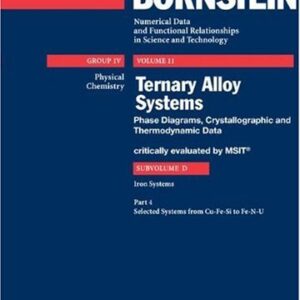The structural phase transition is one of the most fundamental problems in solid state physics. Layered transition-metal dichalcogenides provide us with a most exciting area for the study of structural phase transitions that are associated with the charge density wave (CDW). A large variety of structural phase transitions, such as commensurate and incommensurate transitions, and the physical proper? ties related to the formation of a CDW, have been an object of intense study made for many years by methods employing modem microscopic techniques. Rather recently, efforts have been devoted to the theoretical understanding of these experimental results. Thus, McMillan, for example, has developed an elegant phenomenological theory on the basis of the Landau free energy expansion. An extension of McMillan’s theory has provided a successful understanding of the successive phase transitions observed in the IT- and 2H-compounds. In addition, a microscopic theory of lattice instability, lattice dynamics, and lattice distortion in the CDW state of the transition-metal dichalcogenides has been developed based on their electronic structures. As a result, the driving force of the CDW formation in the IT- and 2H-compounds has become clear. Furthermore, the effect of lattice fluctuations on the CDW transition and on the anomalous behavior of various physical properties has been made clear microscopically.
Chemistry
[PDF] Structural Phase Transitions in Layered Transition Metal Compounds K. Motizuki (auth.), Kazuko Motizuki (eds.)
$19.99

![[PDF] Structural Phase Transitions in Layered Transition Metal Compounds K. Motizuki (auth.), Kazuko Motizuki (eds.)](https://pdfelite.com/wp-content/uploads/2024/04/8115a2b380d31db84da9474ab718591d-d.jpg)




Reviews
There are no reviews yet.